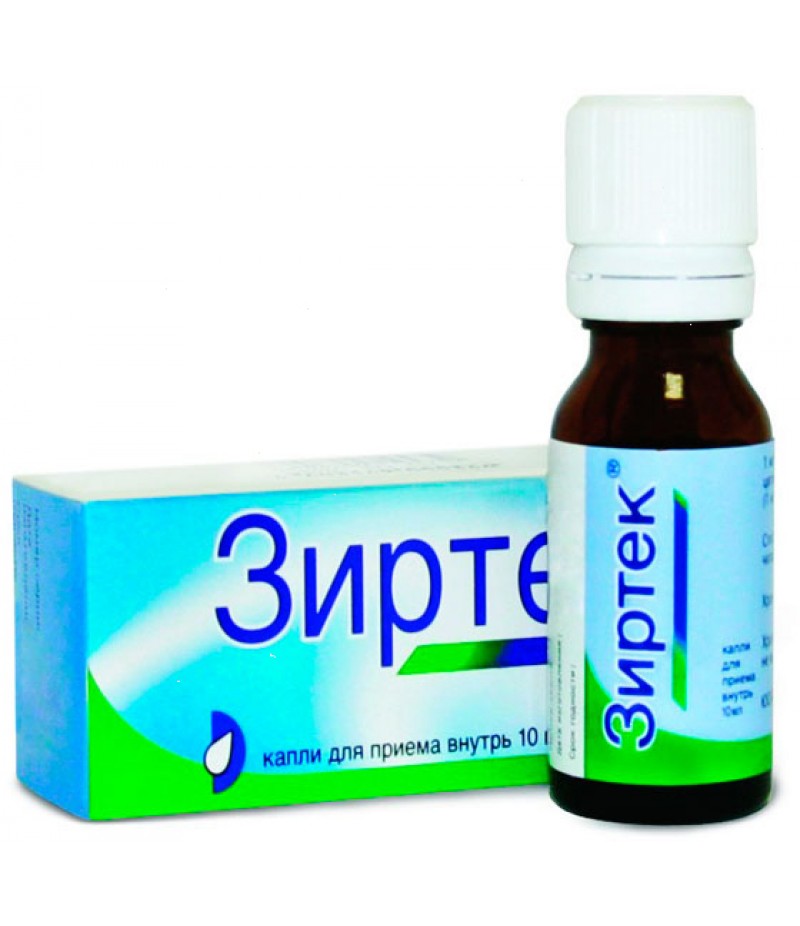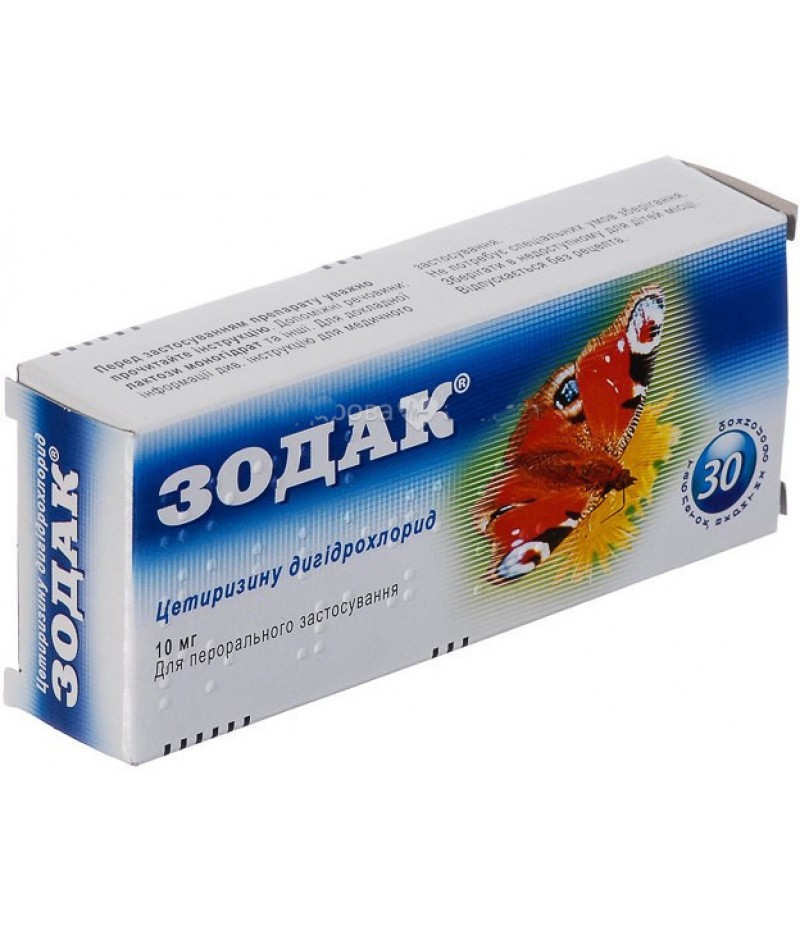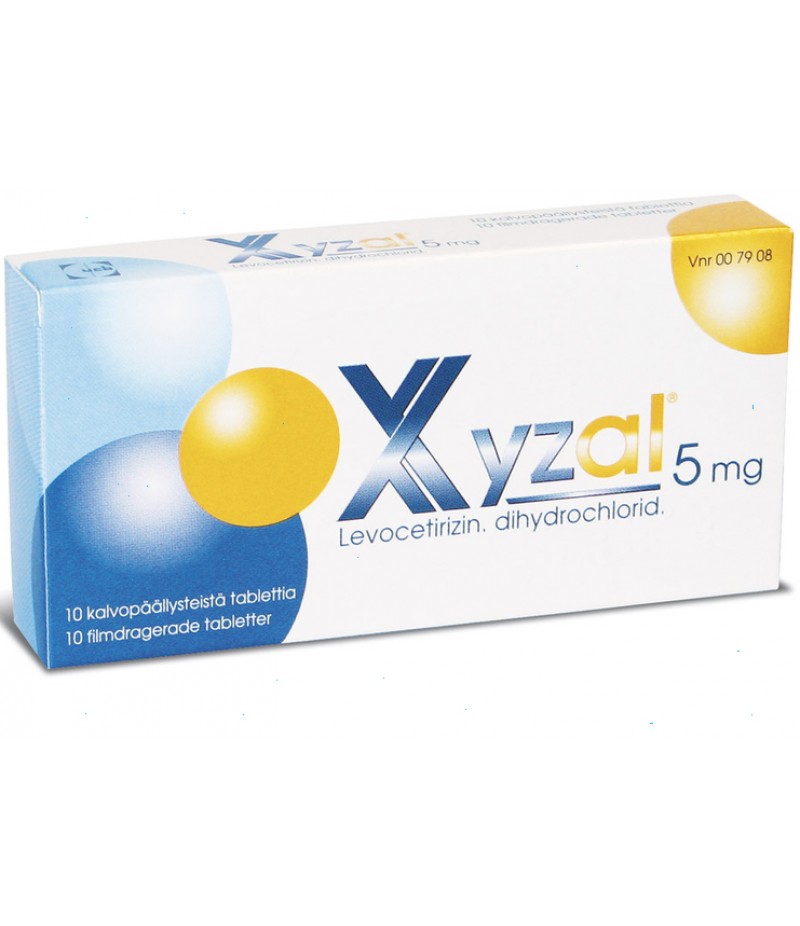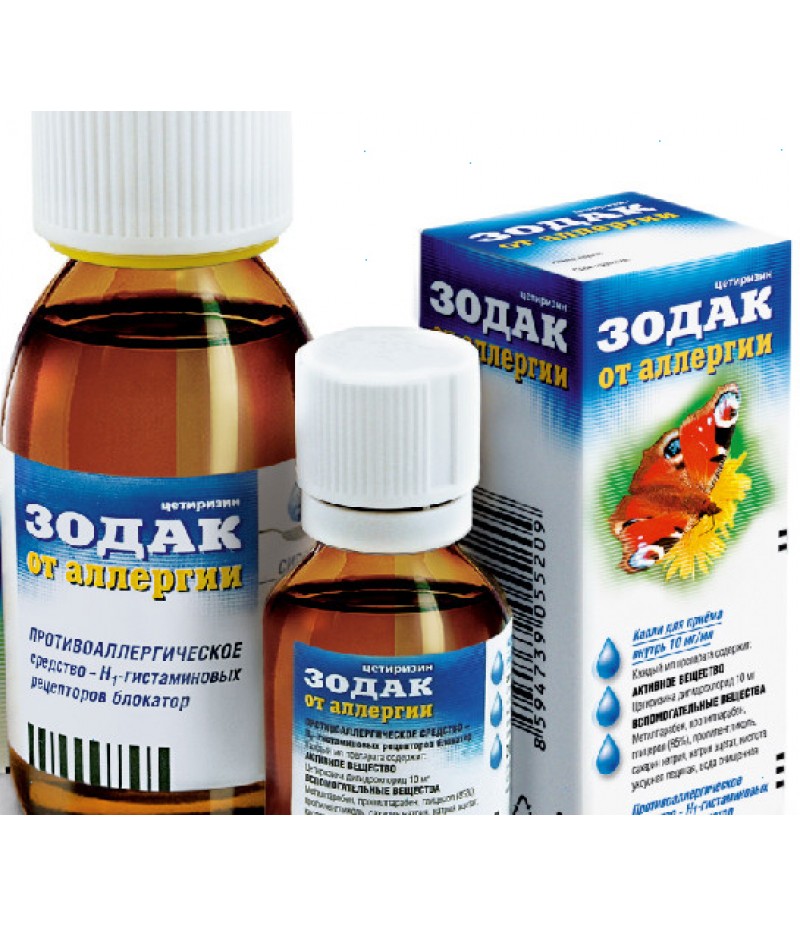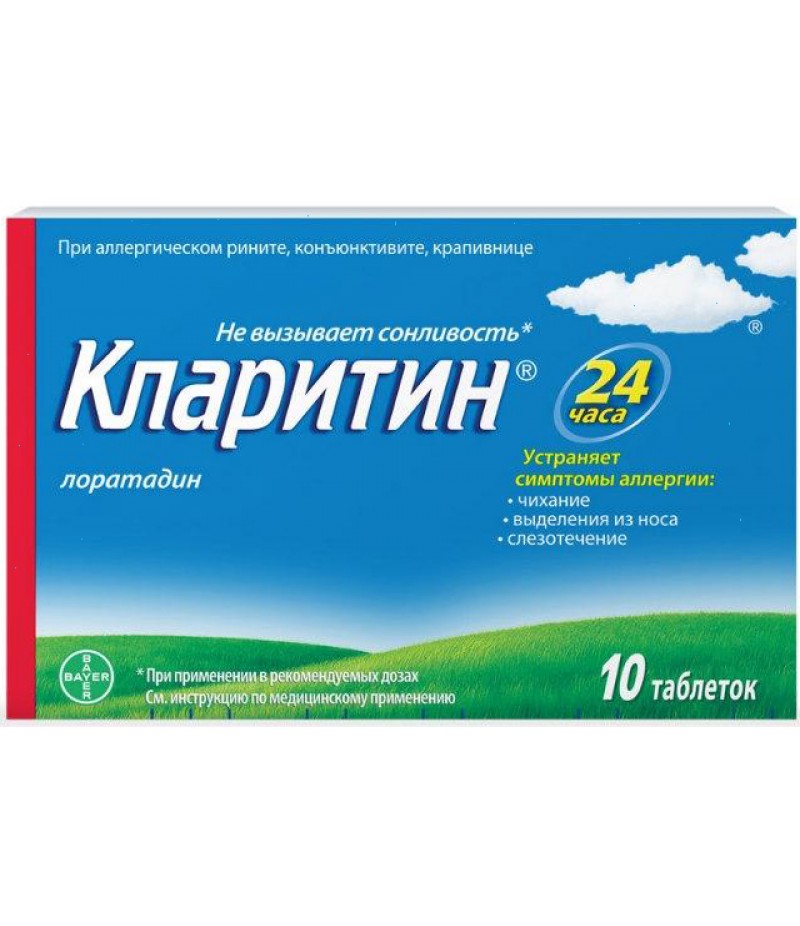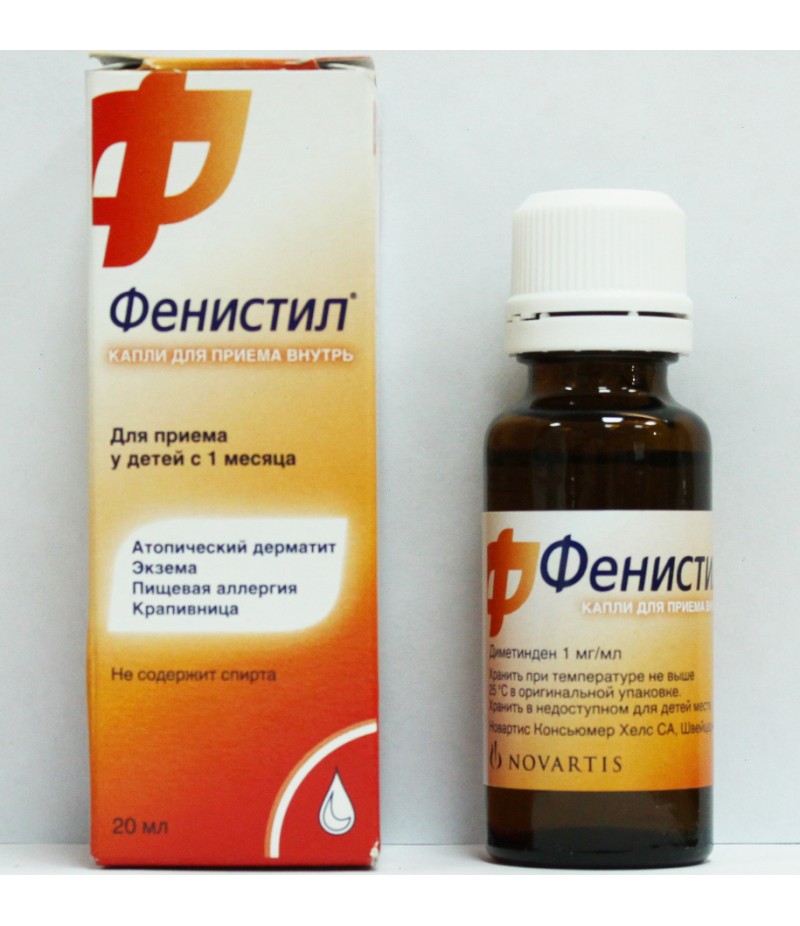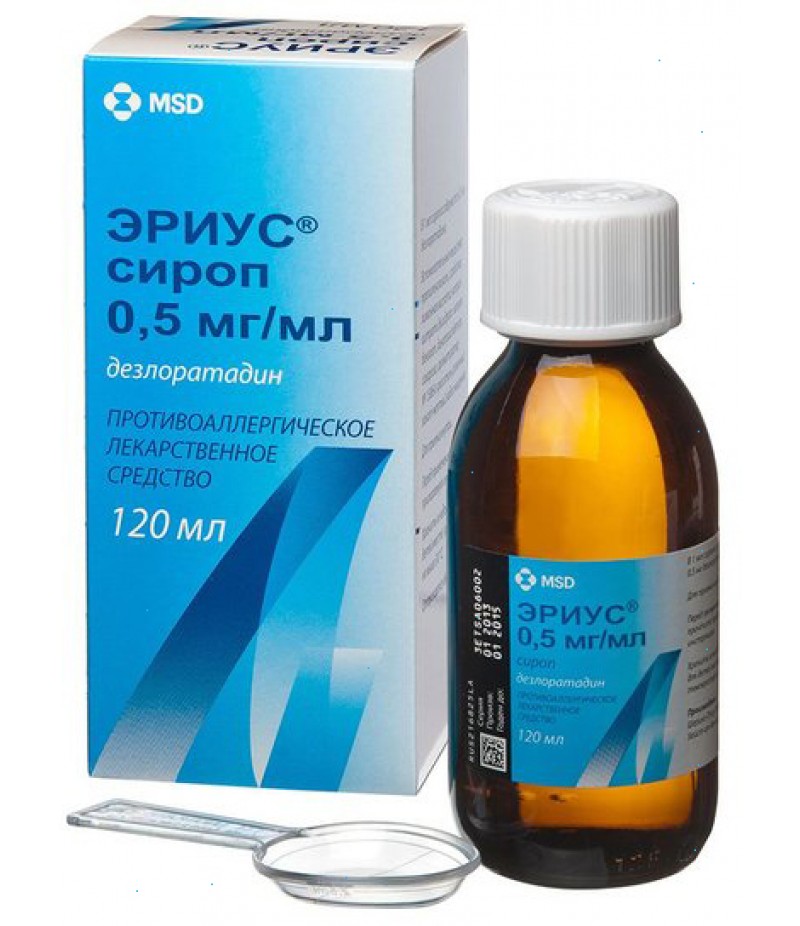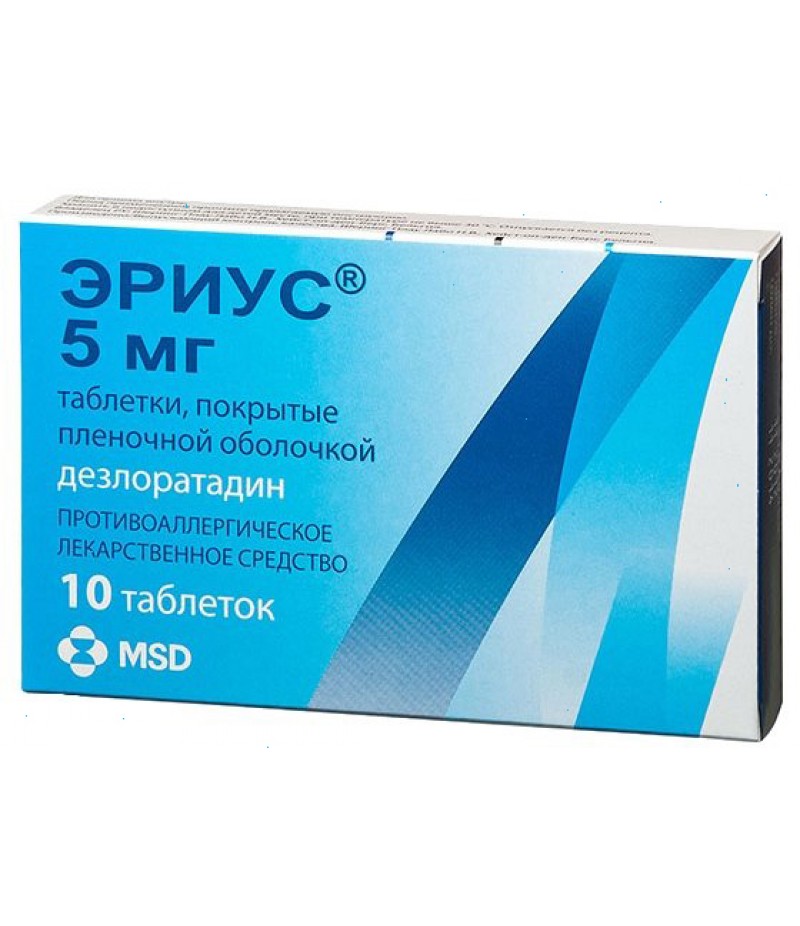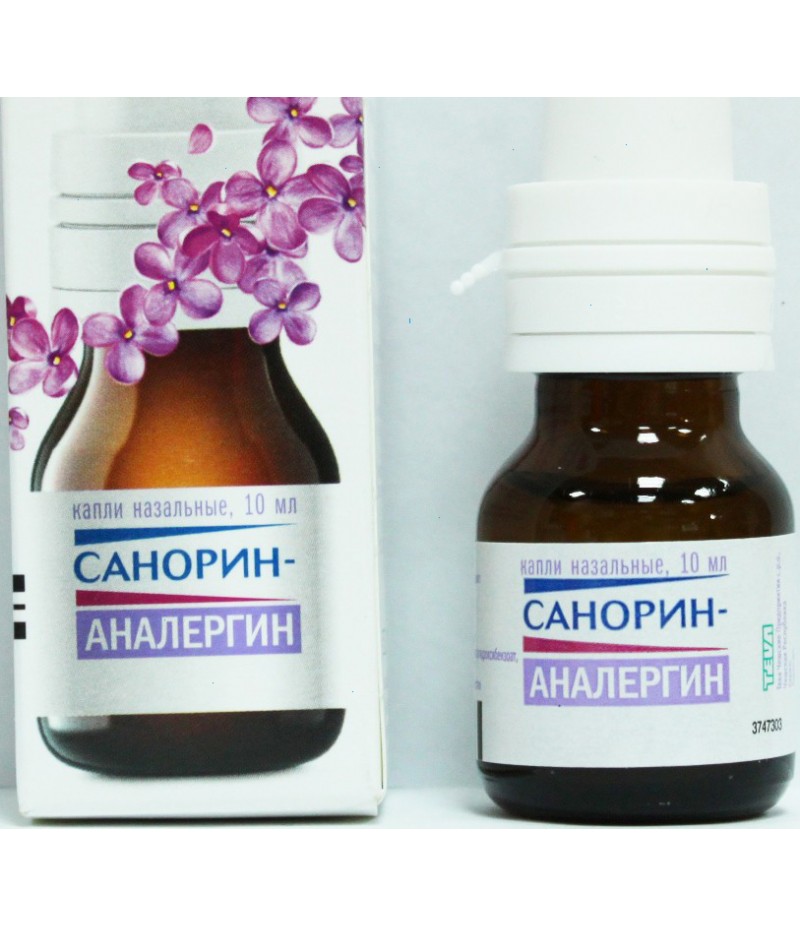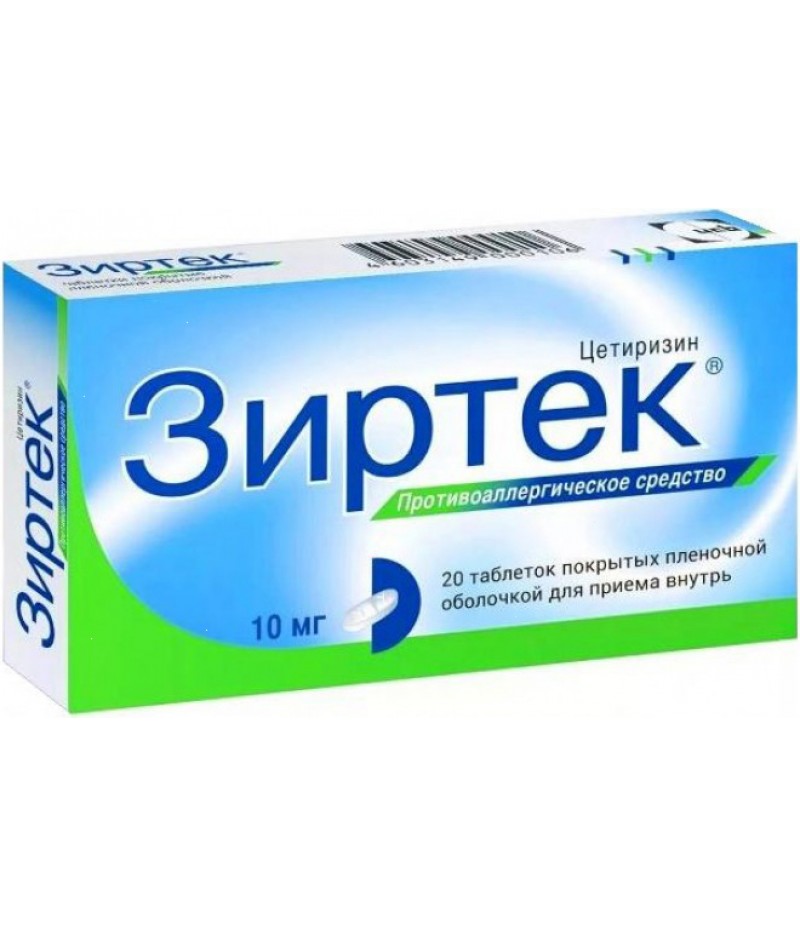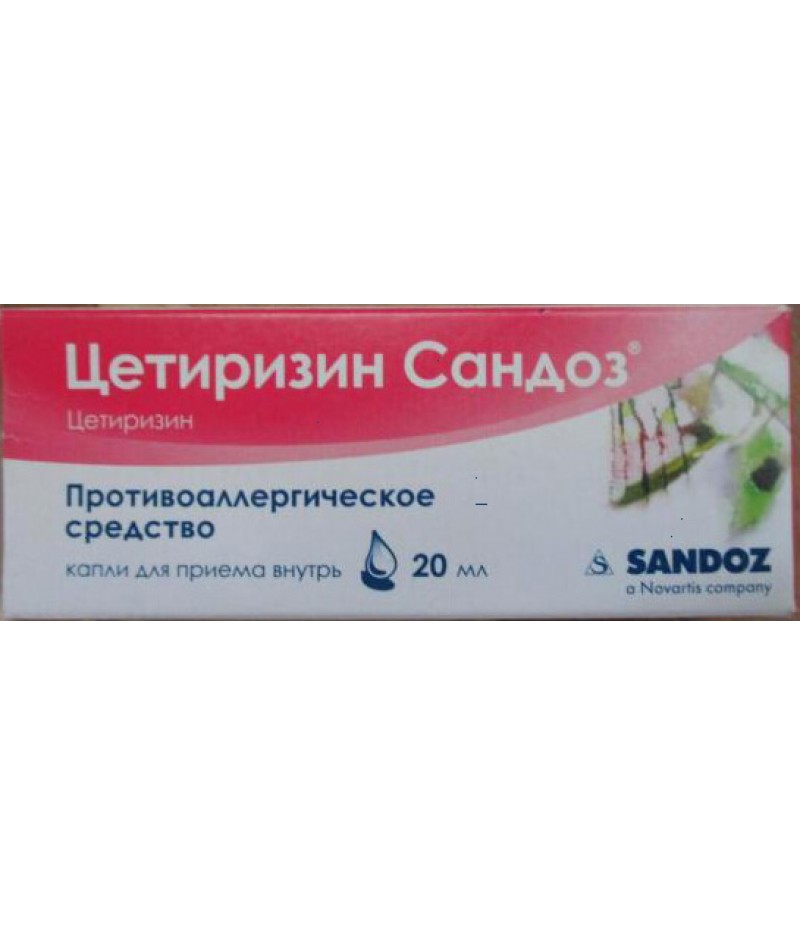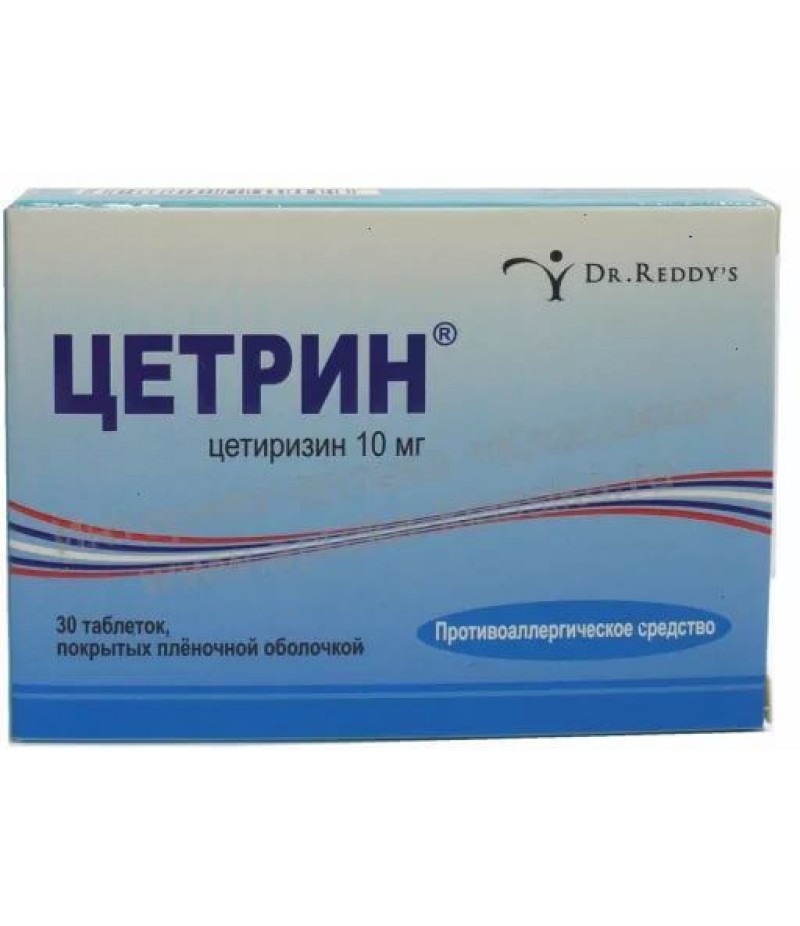Zyrtec drops 10mg/ml 10ml
- $15.55
- 3 or more $14.89
- Availability:In Stock
instruction for Zyrtec dropsYou can buy Zyrtec drops onlineComposition1 ml of drops contains the active substance in an amount of 10 mg and excipients: 250 mg of glycerol; 350 mg of propylene gl..
Tags: drops
instruction for Zyrtec drops
You can buy Zyrtec drops online
Composition
1 ml of drops contains the active substance in an amount of 10 mg and excipients:
250 mg of glycerol;
350 mg of propylene glycol;
10 mg of sodium saccharinate;
1.35 mg of methyl parabenzene;
0.15 mg of propyl parabenzole;
10 mg of sodium acetate;
0.53 mg of acetic acid;
up to 1 ml of purified water.
Form of issue
The drug is available in two pharmacological forms:
The tablets covered with a cover. These are white oblong tablets, with convex surfaces, with a risk on one side and engraved with the letter "Y" on both sides of the risks. 7 or 10 tablets are placed in the blister, 1 blister (7 or 10 tablets) or 2 blisters (10 tablets) are put in a cardboard bundle.
Zyrtec drops. Outwardly it is a clear liquid, without color. Characteristic of the smell of acetic acid. The liquid is poured into 10 or 20 ml in bottles of dark glass, tightly ukuporennyh. In the cardboard bundle, in addition to the bottle, a dropper cap is placed.
pharmachologic effect
The drug has antihistamine action, so it is taken in order to get rid of allergies.
Pharmacodynamics and pharmacokinetics
Pharmacodynamics
Cetirizine, the active substance of Zyrtec, is a competitive antagonist of histamine. Its effect is due to the ability to block H1-histamine receptors.
Clinical manifestations of cetirizine:
itching is removed;
decreases the amount of exudate;
the rate of migration of blood cells is reduced, for which participation in allergic reactions (eosinophils, neutrophils and basophils) is characteristic;
the membranes of mast cells are stabilized;
the permeability of small vessels decreases;
spasms of smooth muscles are removed;
prevents edema of tissues;
The skin reaction to some allergens is eliminated (with the introduction of specific antigens or histamine, cooling of the skin);
at light stages of a bronchial asthma the severity of histamine-induced bronchoconstriction decreases.
Pharmacokinetics
After the drug is ingested, it is quickly absorbed from the digestive tract into the bloodstream and is approximately 93% bound to plasma proteins. When used concomitantly with food, the absorption rate becomes lower, but the volume of the absorbed substance does not change.
The effect is manifested after 20-60 minutes after a single dose and lasts more than a day. The maximum concentration in the plasma is reached after 1-1,5 hours after taking.
Metabolism occurs through O-dealkylation. The resulting metabolite has no pharmacological activity.
The half-life from the body depends on age:
in adults it lasts 10 hours;
in children 6-12 years - 6 hours;
at the age of 2-6 years - 5 hours;
in children from six months to 2 years - 3.1 hours.
2/3 of the dose that was taken is unchanged by kidneys. Also, a significant role in the removal of the drug plays the liver. Therefore, in chronic liver diseases, the half-life period is increased by one and a half times, and at an average degree of renal insufficiency it is 3 times.
Indications for use
The medicine can be prescribed under such conditions:
seasonal or all-the-year-round allergic rhinitis with pruritus, nasal congestion and sneezing;
allergic conjunctivitis with lacrimation and redness of the conjunctiva;
Pollinosis;
skin allergic reactions in the form of hives or dermatitis.
Contraindications
Contraindications for Zyrtec application:
excessive sensitivity to any ingredient of the drug, individual intolerance;
severe renal insufficiency;
periods of pregnancy and lactation;
children up to six months.
With caution appoint a drug under such conditions:
chronic renal failure of an average degree;
advanced age;
epilepsy, increased convulsive alertness;
presence of factors predisposing to urinary retention.
Additional contraindications for Zyrtec tablets:
intolerance to galactose;
malabsorption syndrome, in particular glucose-galactose;
age is less than 6 years.
Side effects
Side-effects of Zyrtec can be divided into those that are often (not less than 1 in 10 people taking the medicine), often (1 out of 10-100), infrequently (1 out of 100-1000), rarely (1 out of 1000- 10000), very rarely (less than one in 10,000).
Such side effects are often observed:
headache;
drowsiness;
dizziness;
fast fatiguability;
nausea;
a feeling of dryness in the mouth;
rhinitis and pharyngitis.
Such undesirable effects occur infrequently:
paresthesia;
mental agitation;
diarrhea;
abdominal pain;
skin rash, itching;
asthenia.
Undesirable effects that are rare:
peripheral edema;
hives;
increase in indicators of functional hepatic tests (activity of transaminases, alkaline phosphatase, bilirubin concentration);
weight gain;
tachycardia;
confusion, hallucinations;
aggression;
depression;
sleep disorders;
convulsions;
hypersensitivity reactions.
Very rarely there are such consequences of treatment by Zyrtec:
anaphylactic shock;
flavoring disorders;
tremor;
fainting;
dyskinesia;
dystonia;
visual impairment: fuzzy, nystagmus, accommodation disorders;
dysuria, enuresis;
thrombocytopenia;
angioedema.
Also, such reactions can occur (no data on how often they occur):
increased appetite;
retention of urine;
vertigo;
suicidal ideation;
memory impairment, even before amnesia.
Instructions for use Zyrtec (Method and dosage)
The dosage depends on the age of the patient. Also taken into account the state of the body, such as the presence and extent of renal failure.
In most cases, the daily dose is taken at a time. Method of application - inside (for both forms).
How many days to take the drug, the doctor decides, given the diagnosis and severity of the allergic reaction.
Zyrtec drops, instructions for use
Dosage of the drug in droplets depending on age:
adults and children over 6 years are prescribed as an initial dose of 10 drops of the drug, then, if necessary, increase it to 20 drops;
Children under 6 years old, but older than 2 years are shown taking 5 drops twice a day or 10 drops at a time;
at the age of one to two take 5 drops 1-2 times a day;
Drops for children from six months to a year are prescribed in a dose of 5 drops;
patients with hepatic insufficiency dosage is selected taking into account the clearance of creatinine. If this is a child, when adjusting the dose, its weight is also taken into account.
Instructions for use Zyrtec for children
Annotation to the drug, which was provided by the manufacturer, shows that only Zyrtec in drops is used to treat patients of childhood. In this case, the drops are dosed to the children, depending on the age.
Dosage for children:
5 drops at the age of 6 months to a year;
5 drops 1-2 times - from 1 to 2 years;
10 drops daily at a time or divided into two doses - from 2 to 6 years;
Older children are prescribed the same dose as adults.
How to take drops to children is a bit different from the way adults use it. Children can take drops like syrup (inside, slightly diluting with water), but up to a year Zyrtec can be appointed as a drop in the nose. In this case, they are instilled in a drop in each nostril, first having cleansed them.
Treatment continues until the symptoms of allergy stop.
Overdose
Overdosing occurs when a single dose of the drug in a dose exceeding the daily dosage several times.
Symptoms typical for taking about 50 mg of the drug (5 tablets or 100 drops):
confusion, stupor;
drowsiness;
tremor;
tachycardia;
anxiety;
marked sedation;
fast fatiguability;
diarrhea;
retention of urine;
headache;
dizziness.
If a dose exceeding the usual dose is accepted, immediately wash the stomach or induce vomiting. You can also give activated carbon. There is no specific antidote, so only symptomatic treatment is possible. Conduction of hemodialysis with an overdose is ineffective.
Interaction
Interaction Zyrtec with other drugs:
with Tiofillin - by 16% the total clearance of cetirizine decreases;
with Ritonavir - AUC cetirizine increases by 40%, and Ritanovir decreases 11%;
with Zopiklonom, Bupreporinum - mutually reinforce each other's action, which manifests itself in the depression of the central nervous system;
with Diazepam - mutually reinforce the effect on the nervous system, as a result of which its functioning deteriorates, the reaction rate decreases.
Terms of sale
Without recipe.
Storage conditions
Store in a cool place inaccessible to children.
Shelf life - 5 years.
special instructions
It is necessary to exercise special care when prescribing the drug to persons with factors predisposing to urinary retention (spinal cord injury, prostatic hyperplasia), as cetirizine increases the probability of this complication.
It is advised during treatment to avoid transport management and activities that require high concentration of attention and a high reaction rate.
Do not prescribe the drug to children under one year who are in a group at high risk of sudden death syndrome (with sleep apnea syndrome, maternal or nanny smoking, premature babies, etc.).
Children
Zyrtec for children is used very widely. Reviews of Zyrtec in drops for children show that if applied in the way recommended by the instruction, the effect will be high, and the risk of undesirable consequences is minimal.
Newborns
It is contraindicated to prescribe a drug for babies at the age of up to 6 months.
With alcohol
It is undesirable to combine alcohol and Zyrtec, since alcohol increases the risk of oppression of the central nervous system.
Zyrtec during pregnancy and lactation
Studies on the effects of taking medication in pregnancy were carried out only on animals. There were no effects on the development of the fetus and the course of pregnancy. But because of a lack of information on safety for the human fetus, pregnant women are not prescribed a medicine.
Cetirizine, the active ingredient, when taking the drug by a woman during breastfeeding is excreted in breast milk. Therefore, if the doctor prescribes this medicine, he should warn about the need to stop breastfeeding for the period of treatment.
Analogues of Zyrtec
The analogues of Zyrtec are:
Analergin;
Zodak;
Xyzal;
Claritin;
Fenistil;
Erius.
Analogues are produced in such dosage forms as tablets, syrup, ointment (for cutaneous manifestations of allergies), drops.
The price of Zirtec's analogues for children is usually lower than the cost of Zyrtec, but in most cases it has higher rates of bioavailability and absorption rate. He also underwent more clinical studies, which indicates a greater safety of use.
Which is better - Zyrtec or Claritin?
Claritin has a more pronounced effect, has fewer side effects, since it belongs to the third generation. But the active substances are different, so you need to focus on what is best for each case.
Which is better - Zyrtec or Fenistil?
Fenistil has more contraindications. Zyrtec acts longer and more selectively.
Zyrtec or Zodak - what is better?
The difference between Zyrtec and Zodak is small. Bioavailability of Zodak is slightly higher than Zyrtec (99% and 93%, respectively). Also Zodak for 2-5 hours is quickly excreted from the body.
Zodak is cheaper. But the original and more studied drug, and, therefore, with fewer contraindications, is Zyrtec.
Which is better - Zyrtec or Erius?
Zyrtec belongs to the second generation of drugs, and Erius to the third. He is unable to penetrate the blood-brain barrier, therefore, does not cause side effects associated with sedation and does not interfere with the coordination of movement. But it is much more expensive.
Reviews about Zyrtec
Reviews about Zyrtec in tablets and drops, mostly positive. It helps to cope with allergies, with side effects not very common. Drops are very effective and relatively safe even for children. The disadvantage is the high cost in comparison with analogues.

